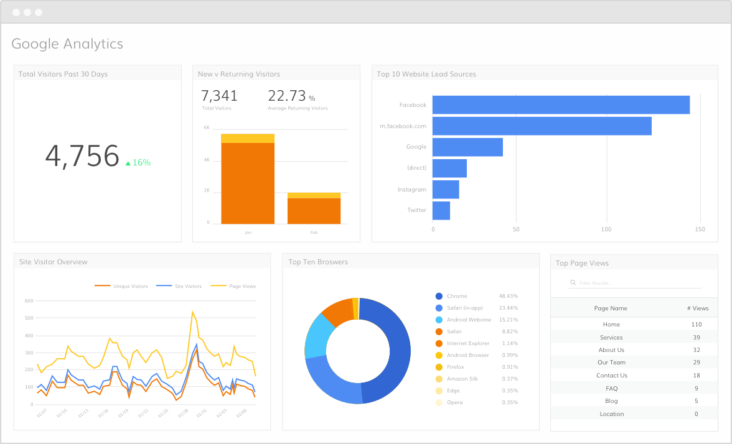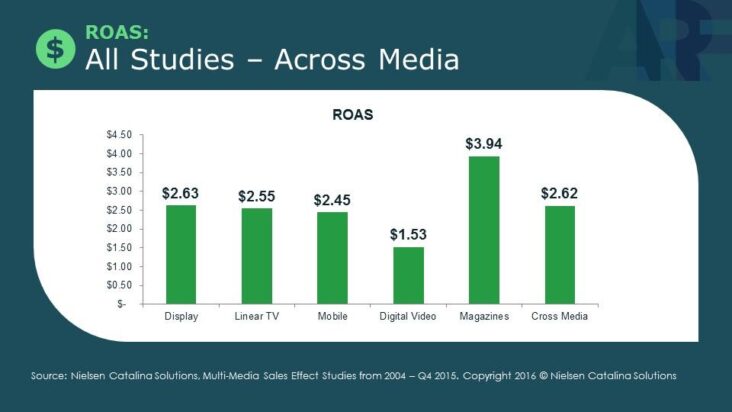To be successful, you have to advertise. There is no other way that will tell you more precisely how important advertising is, than the previous sentence. No matter how talented you are, of how good quality your product is or anything else that is important for your niche, if just a few people hear about you, you cannot become really successful and make a big profit. Of course, we do not have the same ways of advertising at our disposal, because it is primarily affected by the budget as well as many other things.
But each of us needs to do it to the best of our ability. The ways of advertising are very different and the most popular ways have changed over the decades. Nowadays, the Internet is taking precedence, but the so-called traditional media such as TV and radio have not lost their importance. That is why ads on these two media are used equally as on social media for example. What many entrepreneurs are interested in is how to properly monitor the success of their marketing campaign on TV and radio, as it is somewhat more complicated to track ads on those two media than on the internet. That is why we are writing this article, to tell you the best ways to track radio ads / TV ads.
1. Google Analytics

Source:uploadcare.com
It is a web analytics service created by Google and has been around since 2005. It is the most used web analytics service in the world, and there are many reasons for the global success of that tool. Probably the most important reason why Google Analytics wins by a big margin over its competitors is that it’s free. All you need is to have a Google account. There are certain limits, and that is tracking up to 50 websites from one account even if the number of website visits exceeds 50 million, but it is clear to you that there are few websites that have that much traffic. For all these reasons, tens of millions of people use Google Analytics.
And how exactly can it help you track your radio and TV ads? Measuring activity of primarily radio ads, but also TV ones is not easy and you are probably wondering now how Google Analytics will help you monitor the so-called offline campaign when it measures online activity. But online activity can be a great indicator of the success of offline campaigns. There is something called organic traffic and that doesn’t interest you in this case, because it’s the people who “accidentally” found you. What interests you are all those who came to your website as a result of paid ads. The easiest way to determine that someone has found you because they heard or saw the ad is by mentioning a specific keyword during advertising. Google Analytics will show you all those who typed that keyword in the search and then it will be clear to you how much impact paid ads have on your traffic.
Google Analytics will also allow you to compare traffic before and after launching a marketing campaign and with keyword analysis, it will be clear to you whether you are succeeding with ads or not.
2. Audio watermarking

Source:blue2digital.com
Before we explain what exactly audio watermarking is, we will first tell you something we learned on the website www.intrasonics.com that we did not know before. What we all know is that our brain is constantly evolving and progressing. For example, several million years ago, Homo erectus had a brain twice as small as ours, and its consciousness was closer to that of animals than it is today.
Now what you probably didn’t know, nor did we, that one of the consequences of evolution is that the human brain has learned not to register short-bounce echoes. All we hear are long-bounce echoes, and if it is not that way, we would have significant communication problems.
Precisely in not hearing short-bounce echoes lies a great opportunity how we can track the success of the ads. We can use this by inserting artificial echoes inside the audio recording, which the person will not register and thus will not impair the experience of listening to the commercial. Each file can be uniquely watermarked, which is exactly what you need. This way you can monitor whatever you want, for example when you advertise on different channels or when it is broadcast at different times on the same channel. It is up to you. You can best understand this as an audio fingerprint. And you will have access to all this through special software.
3. Survey
We should not forget about very effective and proven, yet simple methods such as surveys. All you have to do is conduct a survey on your website or have your employees call a certain number of people and ask them if they have heard or seen your ad. People are more inclined to take a minute to do an online survey than to answer questions over the phone, so it’s definitely a better option and one we advise you to choose. There is no reason for the respondents to lie, so the results obtained will be authoritative. This way you will see the success of the campaign but not just that. You will get valuable data which will help you to know for the future whether to invest more money in radio or TV ads.
4. Return On Advertising Spend

Source:fipp.com
Return On Advertising Spend, also known as ROAS, is a way to calculate the success of a campaign. You will calculate this very easily. You will compare how much that month or during several months of the campaign the revenue was higher than the average revenue in the months before the start of advertising. Although this is not a 100 percent reliable method because other factors can affect revenue improvement, it is still quite accurate. It can be said that a campaign is successful if the ratio is 4: 1, which means that for every dollar invested, you earn four. However, some businesses need higher earnings, while for others it is quite good even if the ratio is less than 4: 1.
Conclusion:
We hope we’ve helped you with ways to successfully follow your TV and radio ads. This will certainly have a very positive impact on your company’s business.






